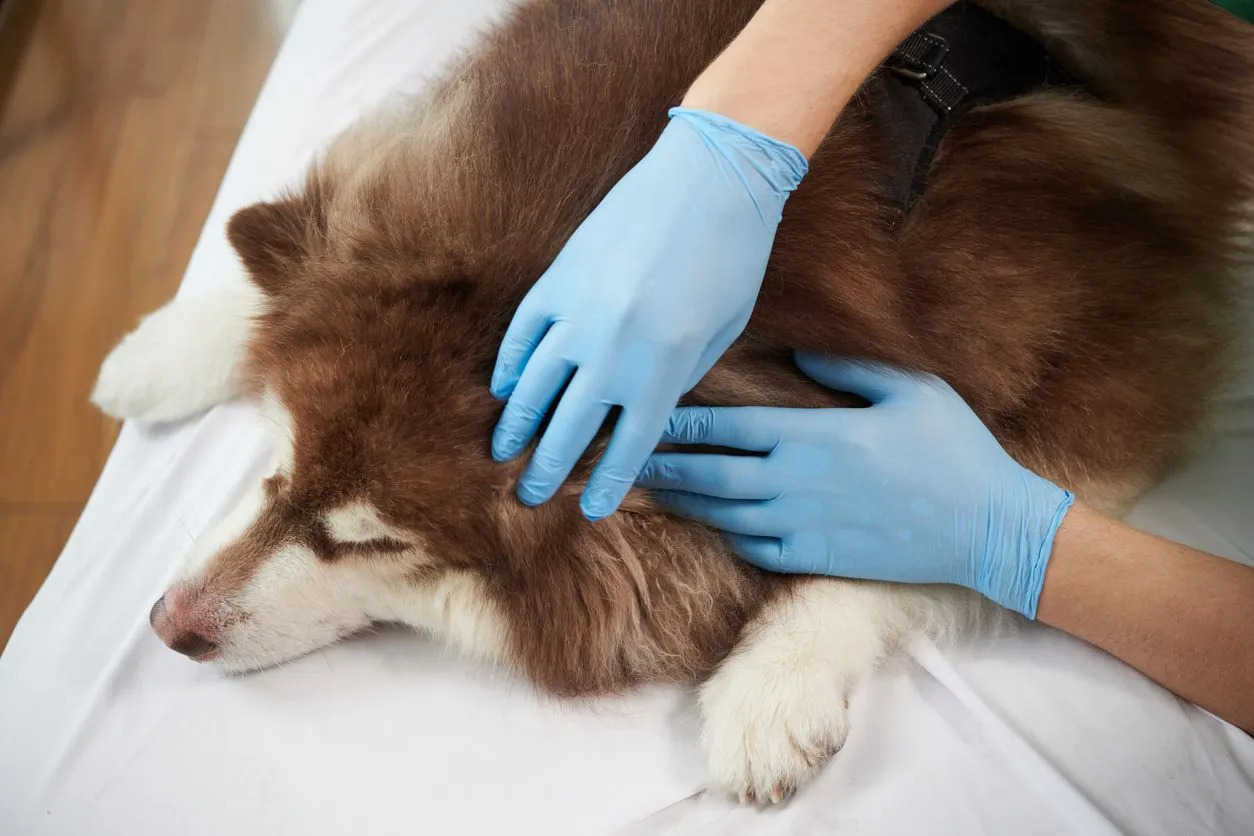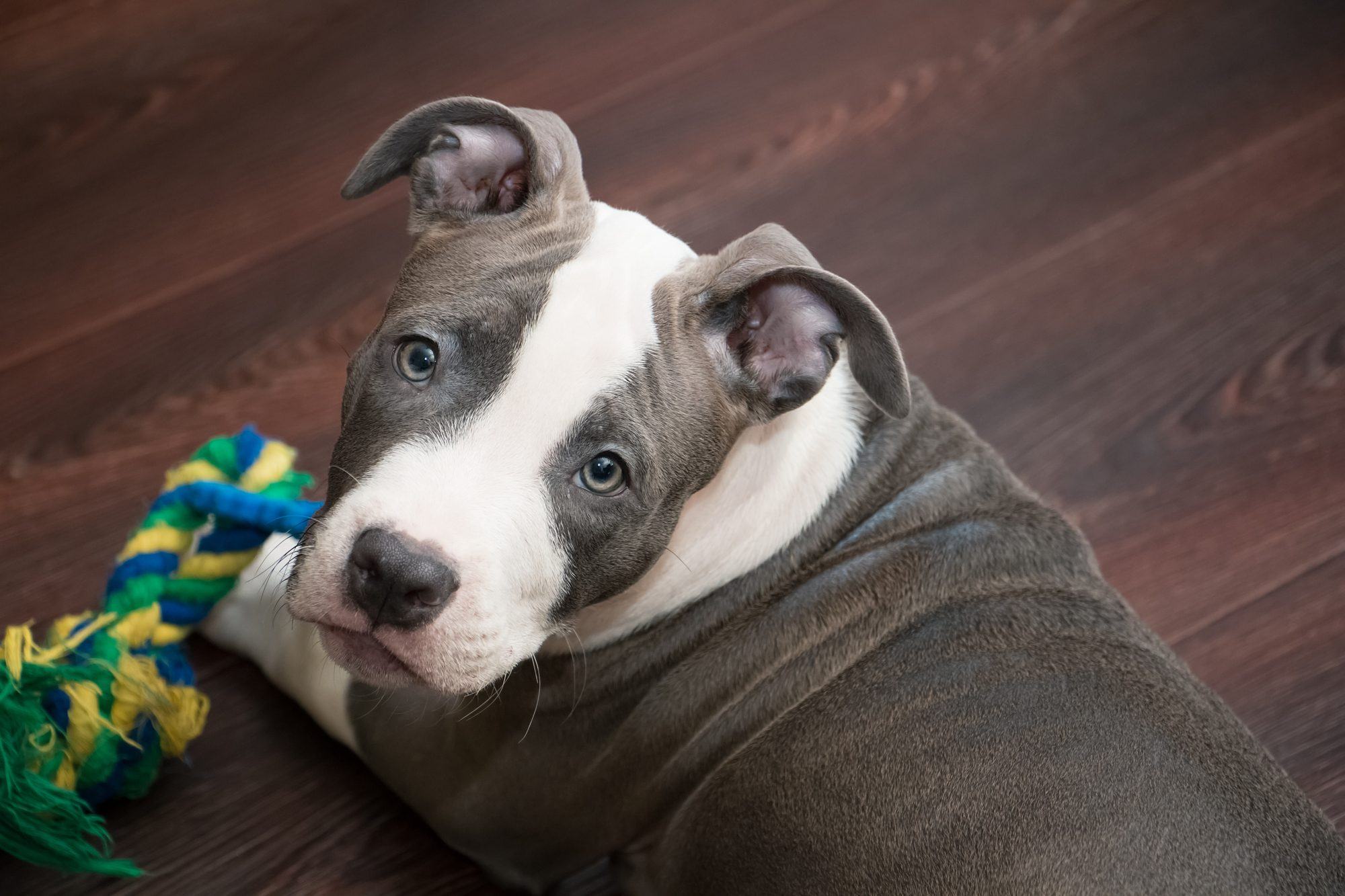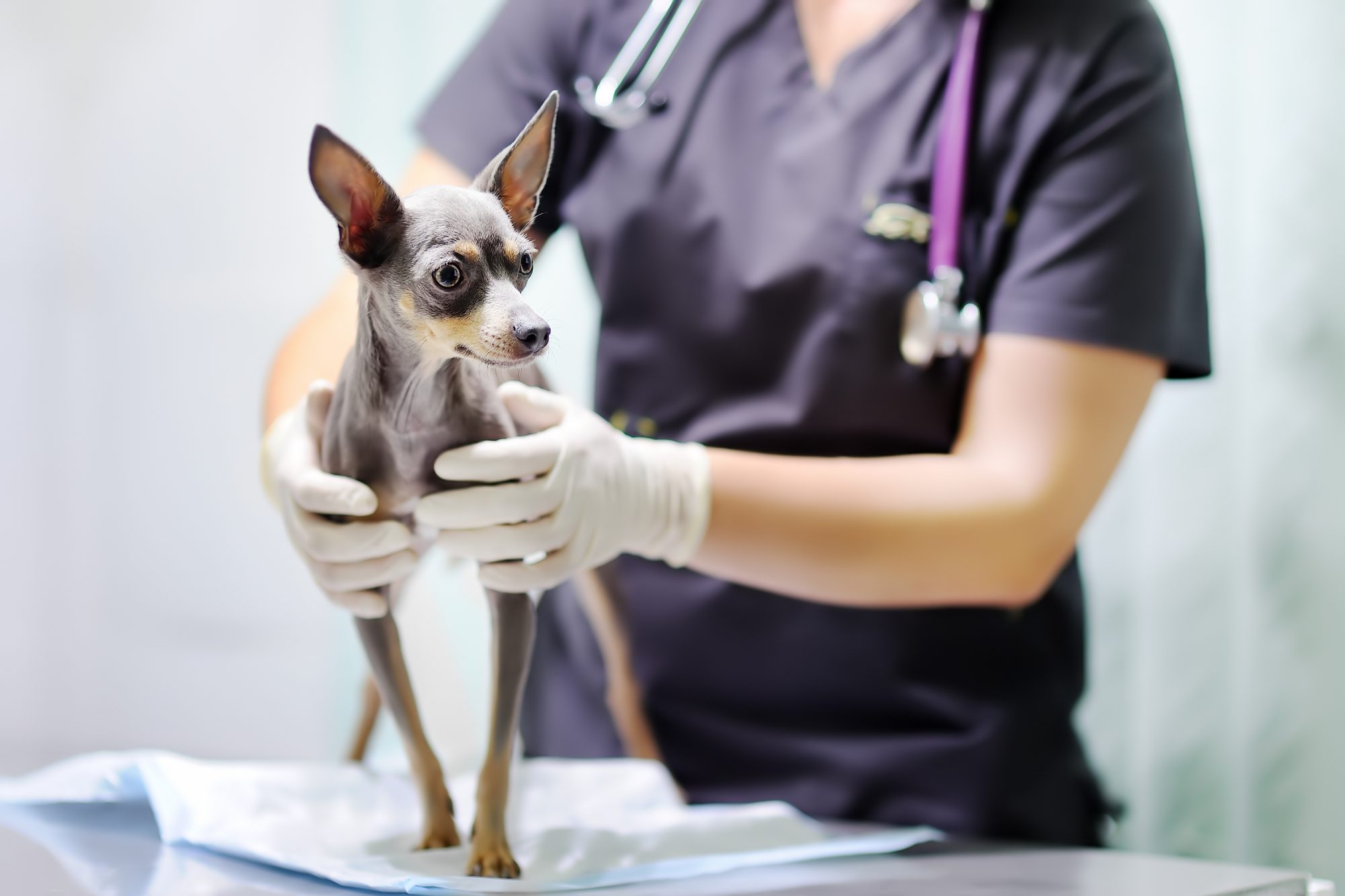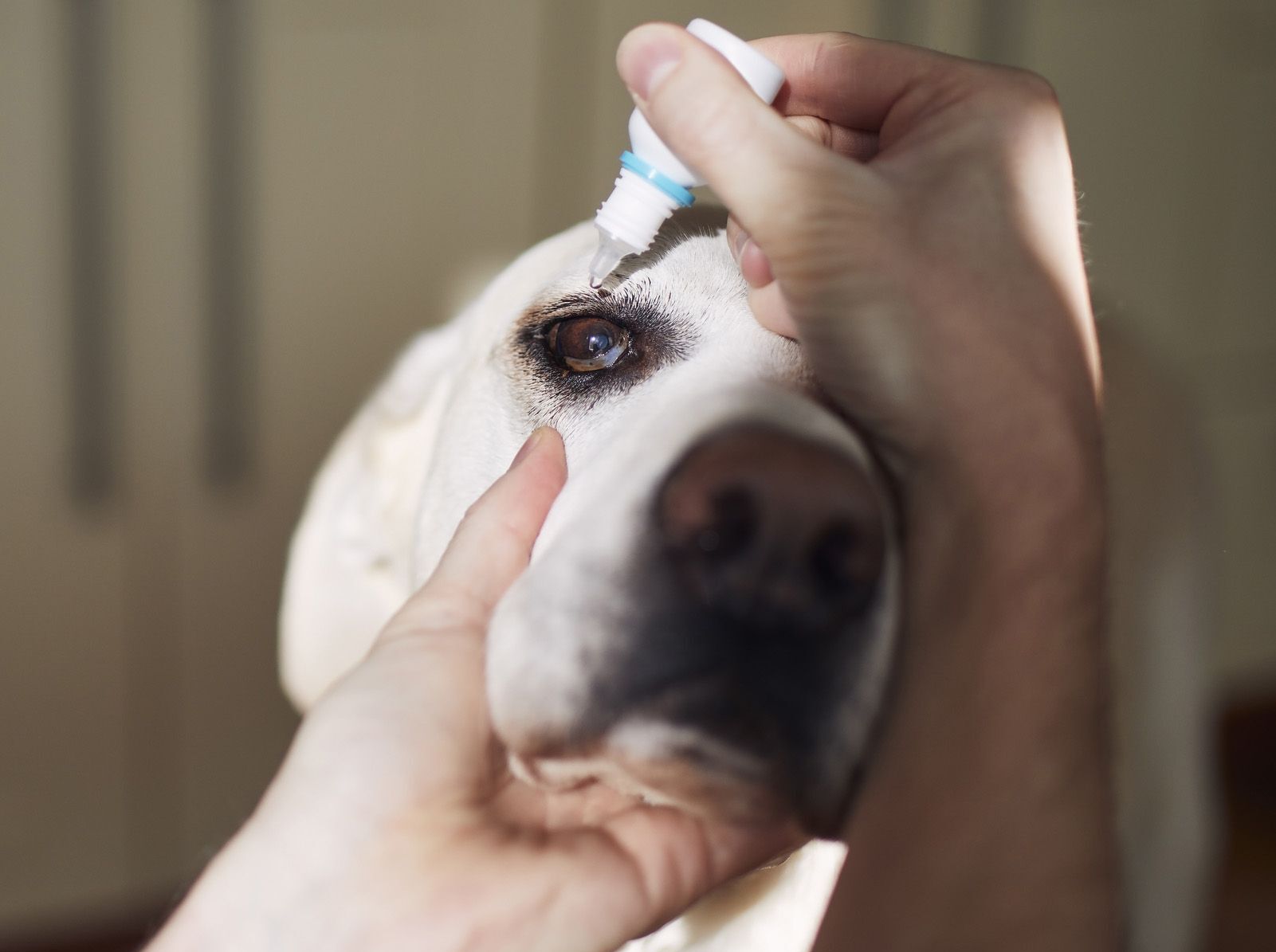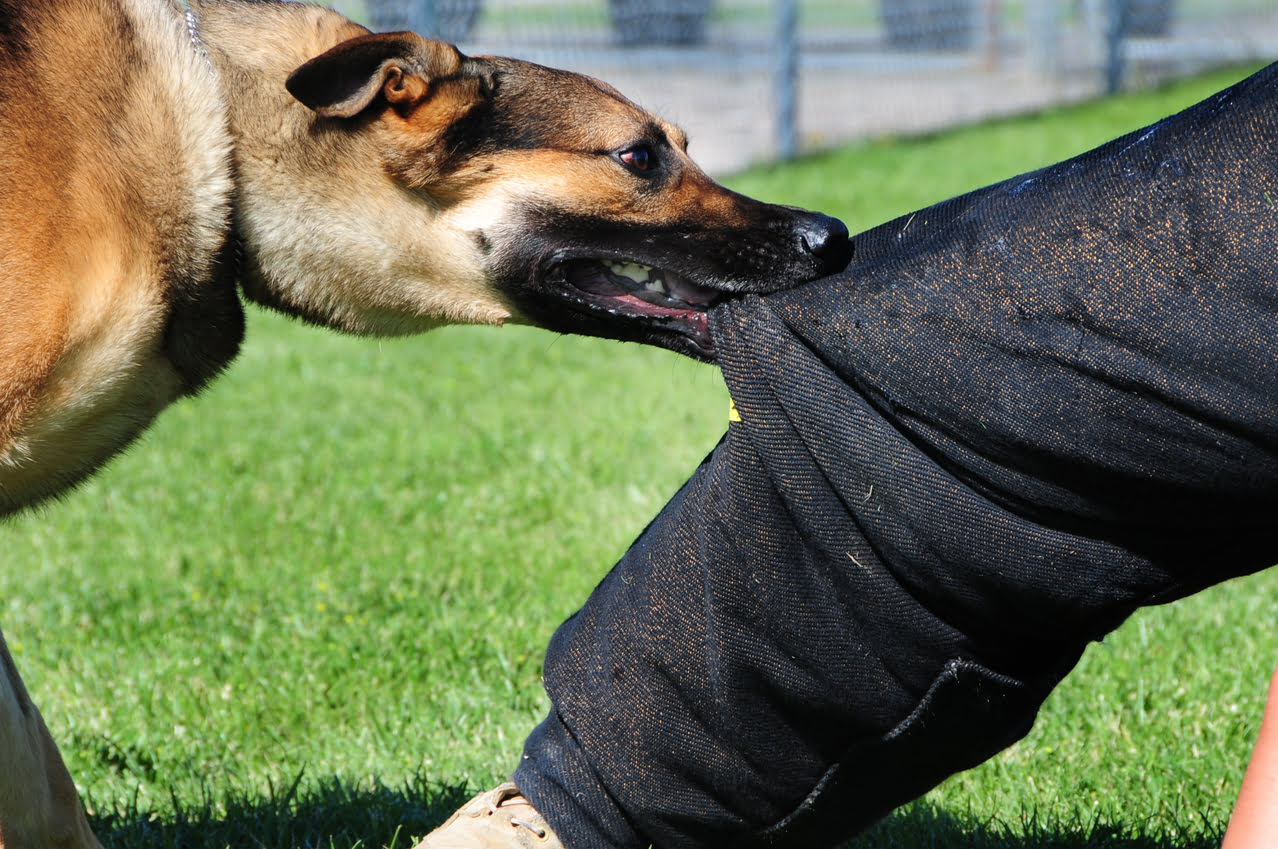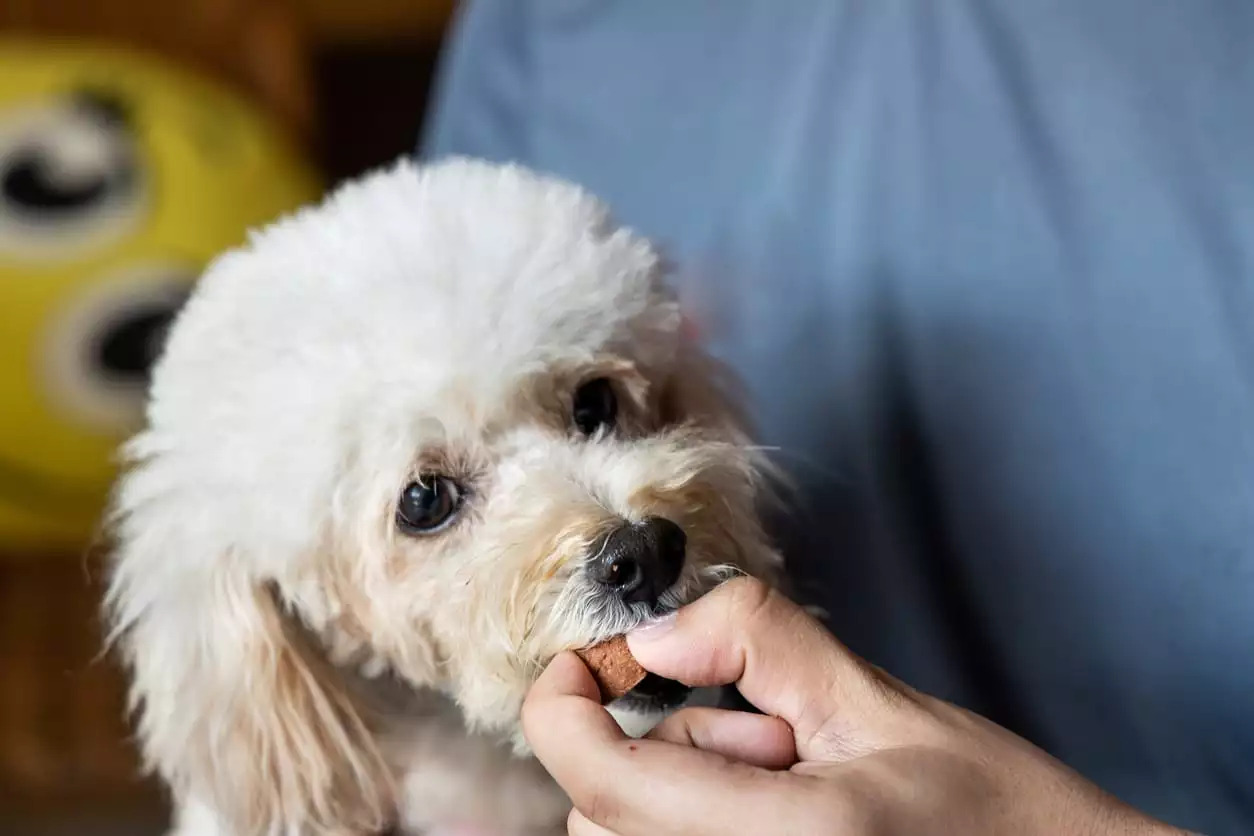Home>Health & Wellness>Common Health Issues>Heart Health>How Long Do You Have To Wait After Heartworm Treatment To Spay A Dog
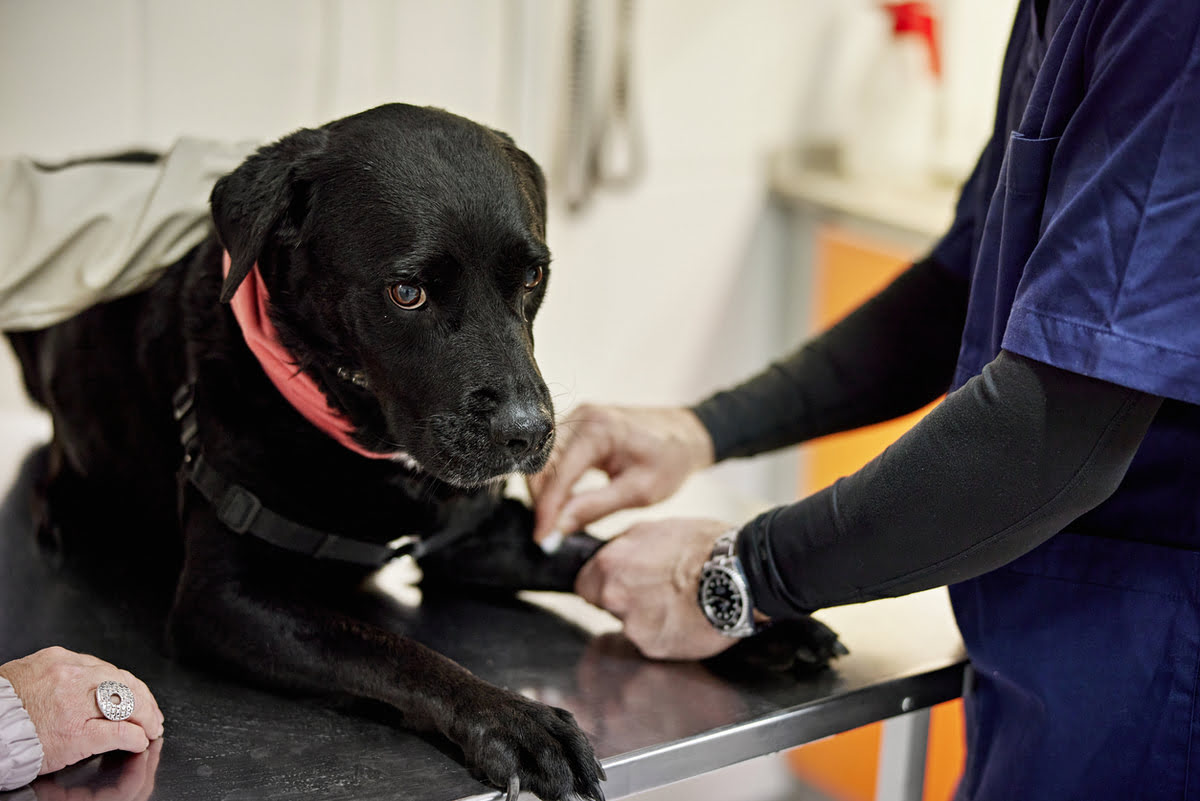

Heart Health
How Long Do You Have To Wait After Heartworm Treatment To Spay A Dog
Published: February 7, 2024
Learn about heart health for dogs and the timing of spaying after heartworm treatment. Find out how long you should wait and what to consider for your pet's well-being.
(Many of the links in this article redirect to a specific reviewed product. Your purchase of these products through affiliate links helps to generate commission for Pawsomeoldies.com, at no extra cost. Learn more)
Table of Contents
Introduction
Heartworm disease is a serious and potentially fatal condition that can affect our beloved canine companions. It is caused by the parasitic worm Dirofilaria immitis, which is transmitted through the bite of an infected mosquito. Once inside a dog's body, these worms can grow and multiply, leading to severe damage to the heart, lungs, and blood vessels. The treatment for heartworm disease involves a multi-step approach to eliminate the adult worms and prevent further infection.
As responsible pet owners, we understand the importance of not only treating heartworm disease but also ensuring the overall well-being of our furry friends. One common concern that arises is the timing of spaying a dog after undergoing heartworm treatment. Spaying, also known as ovariohysterectomy, is a surgical procedure to remove a female dog's reproductive organs, and it is a crucial aspect of pet care for various reasons, including population control and health benefits.
In this article, we will delve into the intricacies of heartworm treatment and the considerations surrounding spaying a dog after undergoing this treatment. By gaining a deeper understanding of these aspects, pet owners can make informed decisions that prioritize the health and safety of their canine companions. Let's explore the factors that come into play when determining the appropriate timing for spaying a dog following heartworm treatment.
Read more: How Long Is Heartworm Treatment For Dogs
Understanding Heartworm Treatment
Heartworm treatment is a multi-step process aimed at eliminating the adult worms and addressing the damage caused by their presence in a dog's body. The treatment typically involves a combination of medication, exercise restriction, and close monitoring by a veterinarian.
-
Diagnosis: Before initiating treatment, it is crucial to confirm the presence of heartworms in the dog's body. This is typically done through blood tests and diagnostic imaging, such as X-rays and ultrasound. The severity of the infection is assessed to determine the most appropriate course of treatment.
-
Stabilization: In cases where the heartworm infection is severe, the dog may require stabilization before proceeding with the actual treatment. This may involve medications to address any associated health issues and to prepare the dog for the subsequent steps of the treatment.
-
Adulticide Treatment: The primary goal of heartworm treatment is to eliminate the adult worms residing in the dog's heart and pulmonary arteries. This is often achieved through the administration of adulticide medications, which work to kill the adult worms. The process of eliminating the adult worms is gradual and requires careful monitoring to manage potential complications.
-
Exercise Restriction: During the treatment and recovery period, it is essential to restrict the dog's physical activity to minimize the risk of complications. Vigorous exercise can lead to the dislodgment of dead worms, causing blockages in the blood vessels. Therefore, strict exercise restriction is a crucial aspect of the treatment protocol.
-
Post-Treatment Care: Following the administration of adulticide treatment, the dog requires diligent post-treatment care. This may include additional medications to manage inflammation and support the dog's overall recovery. Regular veterinary check-ups and monitoring are essential to assess the dog's progress and address any emerging concerns.
Understanding the intricacies of heartworm treatment is vital for pet owners, as it underscores the comprehensive approach required to address this serious condition. The treatment process is not only aimed at eliminating the existing heartworms but also at minimizing the potential risks and supporting the dog's recovery. By comprehending the various stages and considerations involved in heartworm treatment, pet owners can actively participate in their dog's care and make informed decisions regarding their pet's well-being.
Spaying a Dog After Heartworm Treatment
Spaying a dog after heartworm treatment is a decision that requires careful consideration and timing. The process of spaying, also known as ovariohysterectomy, involves the surgical removal of a female dog's reproductive organs. This procedure offers several health benefits, including the prevention of uterine infections and certain types of cancer, and it also plays a crucial role in population control efforts.
After a dog has undergone heartworm treatment, it is essential to allow an adequate recovery period before proceeding with the spaying procedure. The timing of spaying following heartworm treatment is influenced by various factors, including the dog's overall health, the severity of the heartworm infection, and the recommendations of the attending veterinarian.
The recovery period after heartworm treatment is a critical phase during which the dog's body undergoes healing and adaptation. The dog may still require ongoing medical care and monitoring to ensure a smooth recovery from the effects of the heartworm infection and the treatment process. It is important to prioritize the dog's well-being and allow sufficient time for the body to recuperate before subjecting the dog to additional surgical procedures such as spaying.
The attending veterinarian plays a pivotal role in determining the appropriate timing for spaying a dog after heartworm treatment. They will assess the dog's overall health, consider any residual effects of the heartworm treatment, and provide personalized recommendations based on the specific circumstances. The veterinarian's expertise and guidance are invaluable in making informed decisions regarding the optimal timing for spaying in the context of the dog's recent heartworm treatment.
Furthermore, the veterinarian may recommend specific timelines or recovery milestones that need to be achieved before considering the spaying procedure. These recommendations are tailored to the individual dog's health status and recovery progress, ensuring that the spaying procedure can be conducted safely and with minimal risk of complications.
By aligning with the veterinarian's guidance and closely following their recommendations, pet owners can prioritize their dog's health and well-being during the post-heartworm treatment phase. This collaborative approach between pet owners and veterinary professionals underscores the commitment to providing comprehensive care for dogs that have undergone heartworm treatment and are preparing for spaying.
In essence, the decision to spay a dog after heartworm treatment involves a thoughtful and considerate approach, taking into account the dog's recovery, health status, and the professional guidance of the attending veterinarian. By navigating this process with diligence and care, pet owners can contribute to the long-term health and welfare of their beloved canine companions.
Factors to Consider
When contemplating the timing of spaying a dog after heartworm treatment, several crucial factors come into play, influencing the decision-making process and ensuring the well-being of the canine companion. These factors encompass a comprehensive assessment of the dog's health, the impact of the heartworm treatment, and the professional guidance provided by the attending veterinarian.
-
Health Status: The dog's overall health serves as a fundamental consideration when determining the appropriate timing for spaying after heartworm treatment. It is essential to evaluate the dog's physical condition, including any residual effects of the heartworm infection and the subsequent treatment. Factors such as weight, appetite, energy levels, and the presence of any lingering symptoms are carefully assessed to gauge the dog's readiness for the spaying procedure.
-
Recovery Progress: The recovery period following heartworm treatment is a critical phase that demands close attention. Monitoring the dog's progress during this phase is vital, as it allows for the assessment of post-treatment healing, the resolution of any treatment-related issues, and the restoration of the dog's overall well-being. The achievement of specific recovery milestones may serve as indicators for the optimal timing of the spaying procedure.
-
Veterinary Recommendations: The guidance and expertise of the attending veterinarian play a pivotal role in the decision-making process. The veterinarian's personalized recommendations, based on the dog's individual health status and recovery trajectory, provide valuable insights into the ideal timing for spaying. Their professional assessment considers the dog's specific circumstances, ensuring that the spaying procedure can be conducted safely and with minimal risk.
-
Post-Treatment Care: The post-treatment care plan prescribed by the veterinarian is an integral aspect of the decision-making process. This plan may encompass ongoing medications, follow-up appointments, and specific instructions for the dog's care and activity levels. Adhering to the post-treatment care plan is essential, as it contributes to the dog's overall recovery and influences the readiness for the spaying procedure.
-
Risk Mitigation: Mitigating potential risks associated with the spaying procedure is a primary concern. Allowing an adequate recovery period post-heartworm treatment serves to minimize the risk of complications during and after the spaying procedure. By prioritizing the dog's recovery and well-being, pet owners can contribute to a smoother and safer experience for their canine companion.
By carefully considering these factors and aligning with the guidance of the attending veterinarian, pet owners can navigate the decision-making process with diligence and care. This collaborative approach underscores the commitment to providing comprehensive care for dogs that have undergone heartworm treatment and are preparing for spaying. Ultimately, the thoughtful consideration of these factors ensures that the timing of spaying aligns with the dog's health and recovery needs, promoting their long-term well-being.
Conclusion
In conclusion, the decision to spay a dog after heartworm treatment is a multifaceted consideration that intertwines the dog's health, recovery progress, and the professional guidance of the attending veterinarian. It is a pivotal step that demands careful assessment and thoughtful timing to ensure the well-being of the canine companion.
Understanding the comprehensive nature of heartworm treatment, encompassing diagnosis, stabilization, adulticide treatment, exercise restriction, and post-treatment care, underscores the intricate journey that dogs undergo in combating this serious condition. The recovery period following heartworm treatment serves as a critical phase during which the dog's body heals and adapts, necessitating a cautious approach when contemplating additional surgical procedures such as spaying.
The factors influencing the timing of spaying after heartworm treatment, including the dog's health status, recovery progress, veterinary recommendations, post-treatment care, and risk mitigation, collectively shape the decision-making process. By carefully considering these factors and aligning with the guidance of the attending veterinarian, pet owners can navigate this decision with diligence and care, prioritizing the long-term health and welfare of their beloved canine companions.
Ultimately, the collaborative approach between pet owners and veterinary professionals underscores the commitment to providing comprehensive care for dogs that have undergone heartworm treatment and are preparing for spaying. By embracing this collaborative dynamic and honoring the recovery needs of the dog, pet owners can contribute to a smoother and safer experience for their canine companions, ensuring that the timing of spaying aligns with their health and recovery requirements.
In essence, the decision to spay a dog after heartworm treatment embodies a harmonious blend of medical expertise, compassionate care, and a steadfast dedication to the well-being of our loyal canine friends. It is a testament to the unwavering commitment of pet owners to safeguard the health and happiness of their beloved companions, reflecting the profound bond that exists between humans and their canine counterparts.

